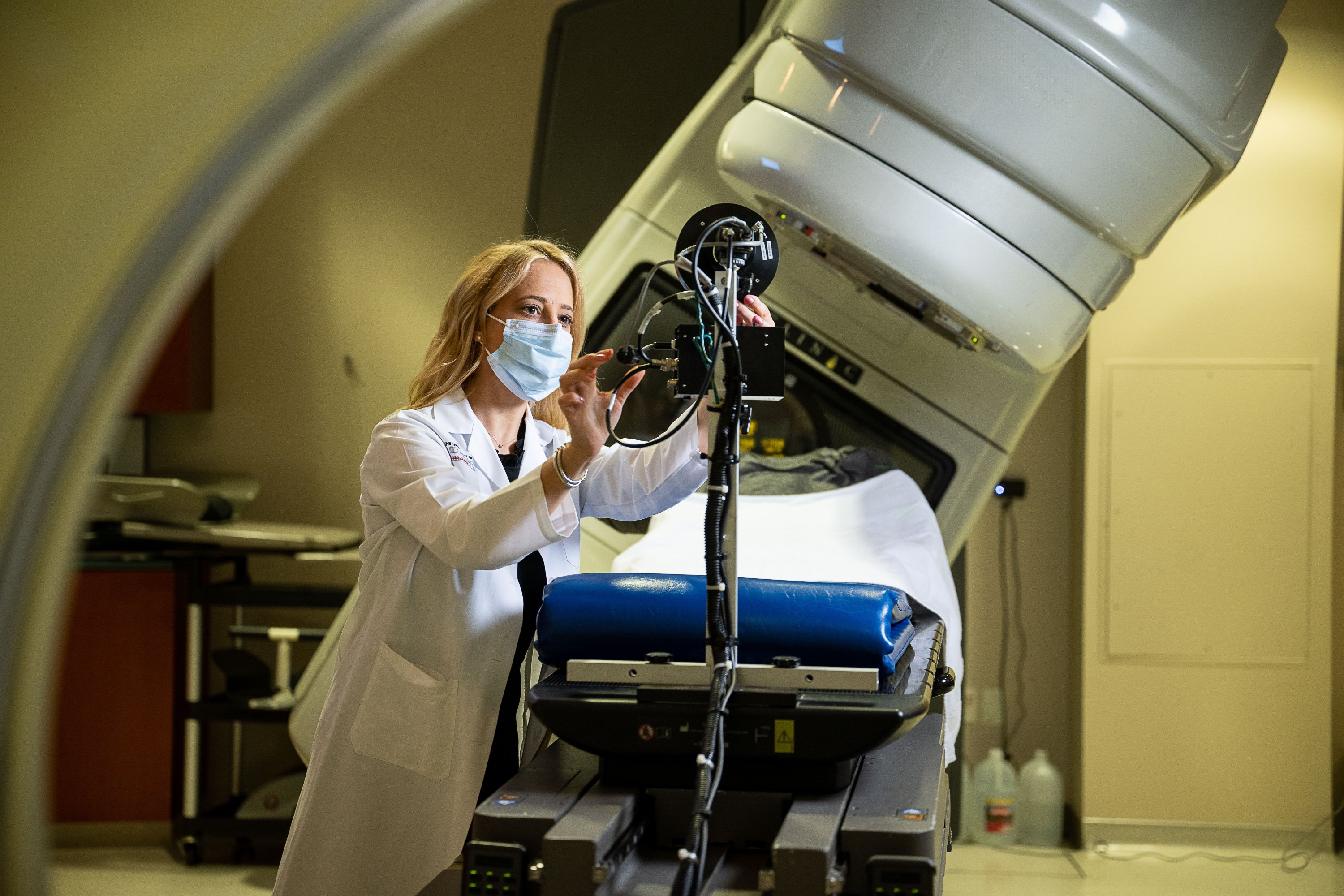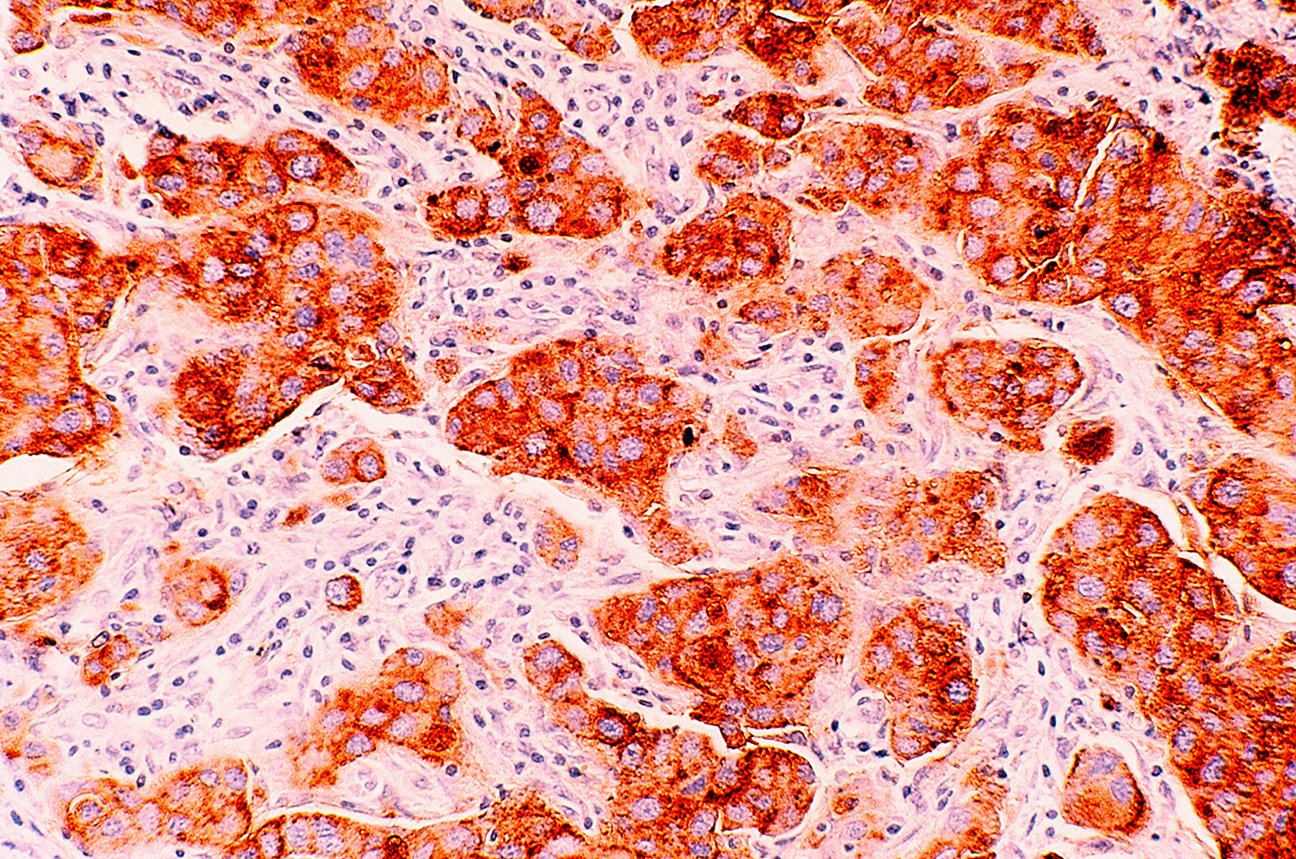- Diseases
- Acoustic Neuroma (14)
- Adrenal Gland Tumor (24)
- Anal Cancer (68)
- Anemia (2)
- Appendix Cancer (16)
- Bile Duct Cancer (26)
- Bladder Cancer (72)
- Brain Metastases (28)
- Brain Tumor (232)
- Breast Cancer (714)
- Breast Implant-Associated Anaplastic Large Cell Lymphoma (2)
- Cancer of Unknown Primary (4)
- Carcinoid Tumor (8)
- Cervical Cancer (160)
- Colon Cancer (166)
- Colorectal Cancer (118)
- Endocrine Tumor (4)
- Esophageal Cancer (44)
- Eye Cancer (36)
- Fallopian Tube Cancer (8)
- Germ Cell Tumor (4)
- Gestational Trophoblastic Disease (2)
- Head and Neck Cancer (14)
- Kidney Cancer (128)
- Leukemia (342)
- Liver Cancer (50)
- Lung Cancer (286)
- Lymphoma (278)
- Mesothelioma (14)
- Metastasis (30)
- Multiple Myeloma (100)
- Myelodysplastic Syndrome (60)
- Myeloproliferative Neoplasm (6)
- Neuroendocrine Tumors (16)
- Oral Cancer (100)
- Ovarian Cancer (172)
- Pancreatic Cancer (160)
- Parathyroid Disease (2)
- Penile Cancer (14)
- Pituitary Tumor (6)
- Prostate Cancer (146)
- Rectal Cancer (58)
- Renal Medullary Carcinoma (6)
- Salivary Gland Cancer (14)
- Sarcoma (238)
- Skin Cancer (296)
- Skull Base Tumors (56)
- Spinal Tumor (12)
- Stomach Cancer (64)
- Testicular Cancer (28)
- Throat Cancer (92)
- Thymoma (6)
- Thyroid Cancer (98)
- Tonsil Cancer (30)
- Uterine Cancer (82)
- Vaginal Cancer (18)
- Vulvar Cancer (20)
- Cancer Topic
- Adolescent and Young Adult Cancer Issues (20)
- Advance Care Planning (10)
- Biostatistics (2)
- Blood Donation (18)
- Bone Health (8)
- COVID-19 (362)
- Cancer Recurrence (120)
- Childhood Cancer Issues (120)
- Clinical Trials (632)
- Complementary Integrative Medicine (22)
- Cytogenetics (2)
- DNA Methylation (4)
- Diagnosis (232)
- Epigenetics (6)
- Fertility (62)
- Follow-up Guidelines (2)
- Health Disparities (14)
- Hereditary Cancer Syndromes (126)
- Immunology (18)
- Li-Fraumeni Syndrome (8)
- Mental Health (116)
- Molecular Diagnostics (8)
- Pain Management (62)
- Palliative Care (8)
- Pathology (10)
- Physical Therapy (18)
- Pregnancy (18)
- Prevention (920)
- Research (392)
- Second Opinion (74)
- Sexuality (16)
- Side Effects (606)
- Sleep Disorders (10)
- Stem Cell Transplantation Cellular Therapy (216)
- Support (402)
- Survivorship (322)
- Symptoms (182)
- Treatment (1786)
Radiation treatment for breast cancer: What to expect
5 minute read | Published August 15, 2023
Medically Reviewed | Last reviewed by an MD Anderson Cancer Center medical professional on August 15, 2023
Many patients diagnosed with breast cancer will need radiation therapy as part of their treatment plan. How is it different from treatments like chemotherapy or hormone therapy, and what role does it play with surgery?
Radiation therapy, also called radiotherapy, treats breast cancer by destroying cancer cells that may remain after surgery that we cannot see with diagnostic imaging.
We spoke with Chelain Goodman, M.D., Ph.D., a radiation oncologist and researcher who specializes in breast cancer to get answers to questions she often hears from patients. Here is what she had to share.
Why do we use radiation to treat breast cancer?
At MD Anderson, our experts focus on personalized radiation treatment plans for each patient’s specific cancer. To minimize side effects, radiation is delivered only to the areas considered high-risk for hiding any residual breast cancer cells.
Radiotherapy enables us to treat patients with early-stage breast cancer using breast-conserving surgery instead of a mastectomy. We know from previous clinical trials that the likelihood of breast cancer recurrence is the same whether a patient receives a mastectomy or breast-conserving surgery followed by radiation therapy.
For more advanced breast cancers, radiation therapy is used to destroy cancer cells that may be hiding in the lymph nodes. While systemic treatments, such as chemotherapy, target breast cancer cells in the blood, radiation therapy is effective at treating any remaining cancer cells in breast tissue or lymph nodes. Breast radiation therapy also reduces the risk of cancer recurrence.
What types of radiation therapy are typically used for treating breast cancer?
Breast cancer is typically treated using a technique called external beam radiation therapy. We use a machine called a linear accelerator (LINAC) to deliver beams of radiation to a specific area of the body. These beams can be made of high-energy photons (otherwise known as X-rays), electrons or protons to deliver the radiation dose.
Here are other common radiation therapy techniques that can be used for breast cancer treatment:
3-Dimensional Conformal Radiation Therapy (3D-CRT) uses multiple beams to deliver radiation to the high-risk areas of recurrence within the breast or chest wall and regional draining lymph nodes. We use a special treatment planning software to ensure the radiation dose is delivered to the areas at risk while minimizing exposure to the surrounding healthy tissues.
Volumetric modulated arc therapy (VMAT) uses a rotating beam of radiation to deliver doses at many angles. As the treatment machine rotates, the radiation beam is shaped with metallic leaves to carefully adjust the amount of dose that is delivered at each angle. For some patients, this can improve how the dose is delivered while reducing radiation to healthy organs.
Proton therapy uses a radiation particle called protons to deliver the radiation dose directly to the tumor. For some patients, this allows for reduced radiation to healthy organs and tissues. At MD Anderson, we can customize a patient’s breast cancer treatment using the most advanced form of proton therapy treatment called pencil beam scanning.
What can breast cancer patients expect if radiation therapy is part of their treatment plan?
Using images from a CT scan, your radiation oncologist will carefully plan the dose of radiation to be delivered to the areas at greatest risk of hiding cancer cells while protecting your normal tissue and organs, like your heart and lungs.
A typical course of breast radiotherapy requires between 3 to 6 weeks of daily treatment. For some patients with early-stage breast cancer, only five days of treatment are needed.
We ask patients to plan for 30 to 60 minutes of treatment each day, but it only takes several minutes to deliver the radiation dose. Most of the time is spent completing quality assurance protocols, such as daily or weekly imaging studies, to ensure the treatment is accurately and safely delivered.
Sometimes we use a breath-hold technique to minimize motion from breathing and to protect the lungs and heart. This is done by expanding the lungs with air and moving the heart away from the chest wall where most of the radiation dose is delivered.
I advise my patients not to lose or gain weight during treatment. Consistency between the first and last day of treatments is important because the treatment plan is specific to the shape of your body at the time of CT simulation.
What radiation therapy side effects should breast cancer patients expect from treatment?
Breast radiation treatments have come a long way, even over the past 10 years. Many of my patients describe breast radiation side effects their mothers and grandmothers had and worry they will have a similar experience. While each patient is different, most patients tell me the side effects they experienced from treatment were less than anticipated.
The most common early side effects of radiation therapy in breast cancer patients are skin irritation and fatigue. This can range from a light blush or darkening of the skin to more like a sunburn, sometimes with skin peeling. For most patients, these side effects will resolve after completing radiation therapy.
What resources are available for breast cancer patients receiving radiation therapy at MD Anderson?
MD Anderson has many resources and dedicated staff with expertise working with patients who have received breast surgery and are completing radiation treatment. We also offer a support group for patients receiving radiation treatment at MD Anderson.
We believe in a patient-centered approach and are fortunate to have an Integrative Medicine Center that offers consultation and resources including acupuncture, music and yoga therapy, oncology massage, nutrition counseling and more to help reduce stress and anxiety.
Your care team will monitor for signs of cancer recurrence and address long-term side effects. We are here to support you throughout your experience receiving radiation therapy for your breast cancer and want you to remember that you are not alone.
Request an appointment at MD Anderson online or by calling 1-855-978-0187.
Related articles
Side effects of radiation therapy for breast cancer
What are the types of radiation therapy used for cancer treatment?
Radiation therapy: What to expect

We’re here to support you throughout your radiation therapy experience.
Chelain Goodman, M.D., Ph.D.
Physician & Researcher





